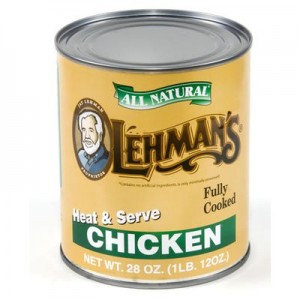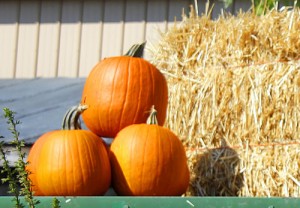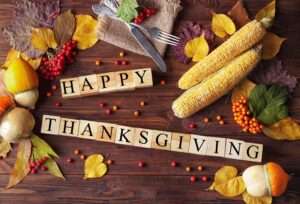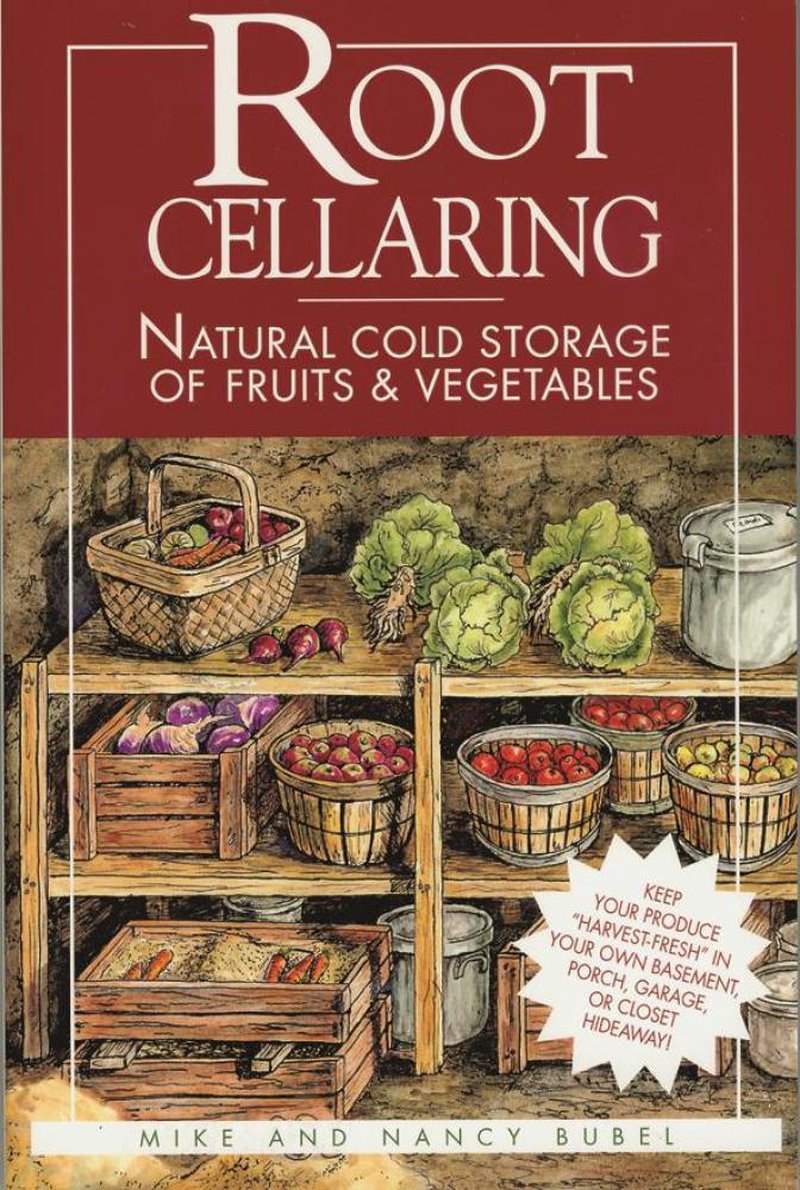
This month’s book pick is for the avid gardener, and of course, anyone who is trying to find ways to live more simply. Mike and Nancy Bubel’s book, Root Cellaring: Natural Cold Storage of Fruits & Vegetables, is a resourceful guide about natural cold storage for your fruits and vegetables.
Root cellaring makes it possible for you to enjoy your garden’s harvest in the dead of winter, long after the frost has set in. While preserving the harvest is one way to savor your garden through the year (such as canning or freezing), using a root cellar gives you another way to enjoy your harvest. And as the Bubels point out, it can save you money too.
If you’re new to root cellaring, like I am, this book offers plenty of explanation, examples and advice, which I appreciated the most. When I first started to learn about this storage method, I had many questions that seemed to pile onto each other: What can you store? Is there a special way you have to remove your vegetables from the garden? Won’t your vegetables eventually spoil? And then there was the one question that I couldn’t wrap my mind around: What exactly does a root cellar look like?
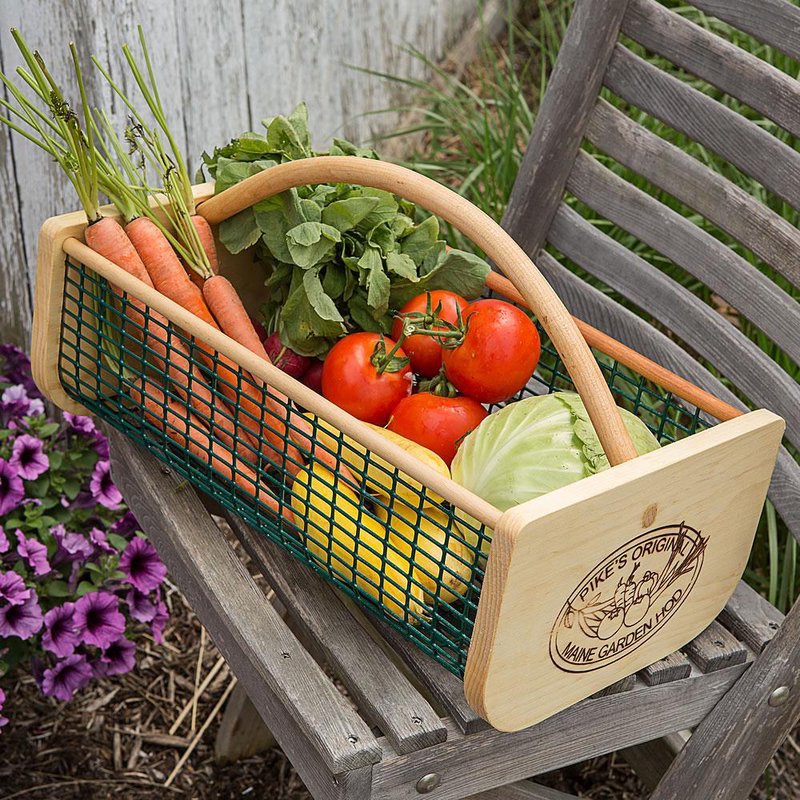
Thankfully, the Bubels’ book is thorough, so newcomers to root cellaring can easily learn this method too. It is organized in chronological order from planting your garden to taking your vegetables and fruit from the garden to the root cellar, and ends with a recipe section, so you’ll have plenty ideas of how to use up the food in your root cellar.
The Bubel’s experience with root cellaring is the most valuable part of this book. They have years of experience, which shows especially in the sections about what you can store. Cabbages, cucumbers, potatoes, peppers, apples, pears, watermelon, beets, nuts, seeds – the list goes on. Each item has detailed instructions on when to harvest from your garden and what you need to do to store that food properly to help prevent spoilage. Depending on the food, the instructions will differ (some foods need to be cured before storing while some cannot be stored in a root cellar for as long as other foods). The Bubels also kindly share what types of vegetables and fruit they eat for each month (including fresh, canned and root cellar foods), so you’ll get an idea of how to plan.
There are also plenty of ideas on how to build root cellars (helpful pictures and instructions included). If you don’t have a basement, there are still many other ways you can make a root cellar. (There’s even one kind that uses bales of hay.)
Root cellaring is a great way to save on energy and not be reliant on the grocery store for your produce during the winter. If you’re going off the grid, trying to save money, or are simply trying to be more self-reliant when it comes to providing your own food, this book is a great start. Don’t be mistaken though. There is a lot of planning involved with root cellaring, but as the Bubels share, all the hard work is appreciated come dinner time.
Want to learn more? Root Cellaring: Natural Cold Storage of Fruits & Vegetables is available at Lehmans.com or at our store in Kidron, Ohio.


